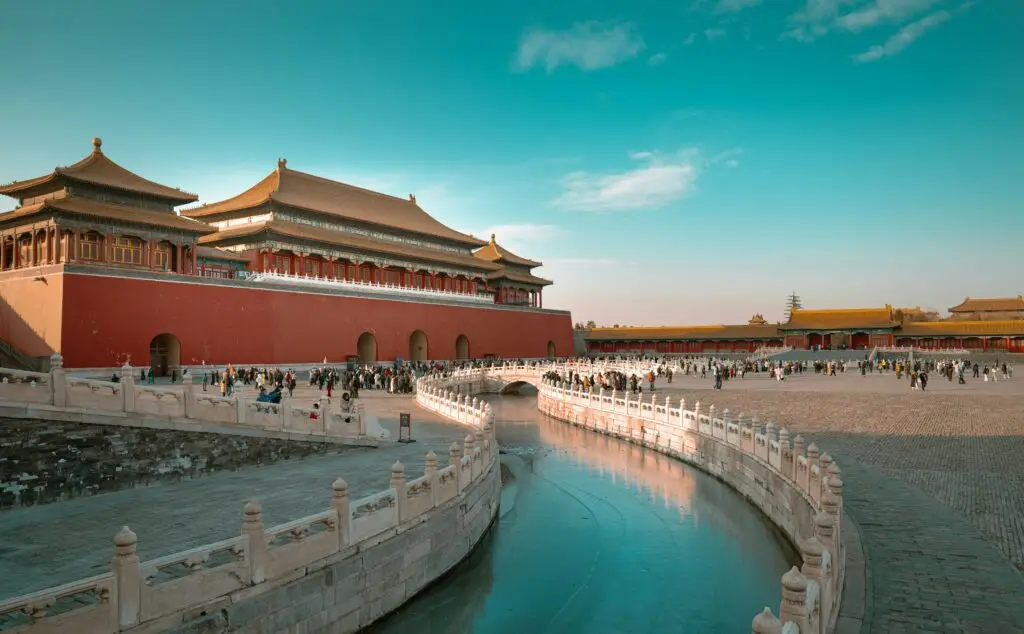Chinese Culture & Heritage
To travel in China is to step into a civilization that has flourished for over five millennia, where history, tradition, and modern life are woven seamlessly together. For foreign travelers, exploring Chinese culture and heritage is not only about seeing ancient monuments, but also about experiencing the living heartbeat of a nation that treasures its past while embracing its future.
The richness of China’s heritage can be felt everywhere. In the philosophies of Confucianism, Taoism, and Buddhism that continue to shape daily life, in the joyful festivals that light up the calendar, and in the rituals of family and community that carry centuries of meaning. A visit during Chinese New Year brings the warmth of red lanterns, temple fairs, and firecrackers, while the Mid-Autumn Festival invites travelers to join families under the full moon, sharing mooncakes and stories of reunion.
Architecture provides another gateway to China’s soul. The Great Wall winds across mountains like a timeless dragon, a reminder of resilience and unity. The Forbidden City, with its golden roofs and grand courtyards, still whispers of emperors and dynasties. In Xi’an, the silent ranks of Terracotta Warriors reveal the ambition of the nation’s first emperor, while further south, the water towns of Suzhou and the tulou earthen houses of Fujian open windows into the artistry and communal spirit of traditional life. Even in bustling modern cities, quiet temples, gardens, and preserved old quarters allow travelers to touch the echoes of history.
Culture here is not confined to monuments; it lives in art, craft, and performance. From the elegance of Chinese calligraphy to the delicacy of Jingdezhen porcelain, from silk weaving to shadow puppetry, creativity has always been a reflection of both beauty and philosophy. To watch a Peking Opera with its vivid masks and symbolic gestures, or to marvel at the lightning-fast face-changing shows in Chengdu, is to see stories passed down through generations come alive on stage. In the martial arts of Shaolin, discipline and spirituality meet in breathtaking displays that embody centuries of practice.
And perhaps nowhere is heritage more universal than in food. Every meal in China is a cultural experience, a reflection of geography, history, and tradition. Northern wheat-based noodles and dumplings speak of ancient trade routes, while southern Cantonese dim sum reflects refinement and delicacy. Sichuan’s bold, spicy flavors tell of a love for heat and intensity, while Hangzhou’s light, poetic dishes echo the elegance of its lakeside scenery. Sharing a table in China is an invitation into family and community, where dishes are placed in the center and enjoyed together — a reminder that food is never just sustenance, but a way of connecting.
What makes Chinese culture and heritage so powerful for travelers is that it is never distant or locked away in museums. It is alive — in the temples where incense burns, in the festivals that light up the streets, in the conversations with locals proud to share their traditions. To experience China is not only to witness its monuments, but to join its rhythms, to taste its flavors, and to carry home the stories of a civilization that continues to inspire the world.
China is not just a destination; it is a cultural journey, one that invites travelers to look deeper, linger longer, and leave with more than photographs — with an understanding of a heritage that still shapes the future.

